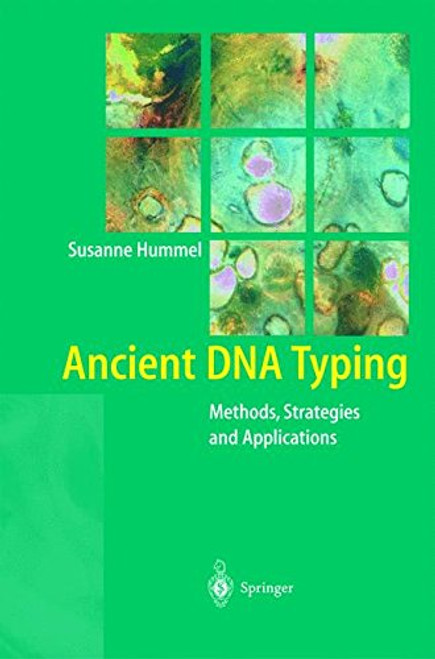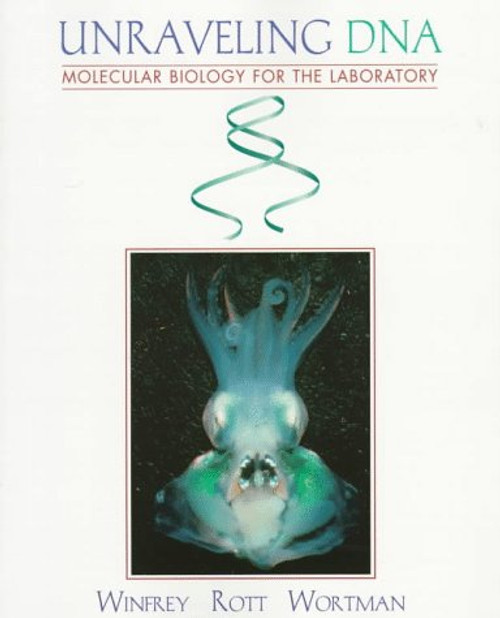Forensic DNA Typing focuses on the biology and technology behind short tandem repeat (STR) markers and the most common forensic DNA analysis method used today. This comprehensive handbook will help forensic scientists gain a better understanding of STRs and the procedures needed to properly analyze them, while helping professionals in the law enforcement and legal communities comprehend the complexities of DNA profiling. It will also help laboratories meet the training requirements in the new DNA Advisory Board Quality Assurance Standards.
The first few chapters of Forensic DNA Typing provide a thorough introduction to the topic for readers who might be less familiar with DNA, while providing a useful review for more advanced readers. It goes on to cover new genetic markers and information on rapidly changing technologies to help professionals make accurate identifications through DNA typing. Detailed illustrations and examples are used throughout. The book concludes with reviews of the DNA testing performed in high-profile cases such as the O.J. Simpson trial, the President Clinton-Monica Lewinsky affair, the Tomb of the Unknown Soldier, the Thomas Jefferson-Sally Hemings family controversy, and others.
John Butler has been involved in the validation of the short tandem repeat markers that form the basis of the FBI's nationwide DNA database, CODIS, and in the development of new and innovative technologies. His talent for explaining complex information is apparent in the clear organization, illustrations, and straightforward language of this text. Forensic DNA Typing has already established itself as the standard reference in the field.
Key Benefits:
* Chapters cover the topic from introductory level right up to cutting edge research
* Forensic scientists learn about the new methods and technologies required by STR typing
* DNA laboratories find out how to meet the training requirements of the DNA Advisory Board Quality Assurance Standards (listed in Appendix III)
* Lawyers and law enforcement professionals understand the science behind the techniques
* All readers can use the information listed on suppliers of DNA analysis equipment, products and services
* Provides a comprehensive look at the biology, technology, and applications of DNA typing
* Focuses on the major molecular biological technique currently being used throughout the world
* Uses a wide array of illustrations and examples to make the material easy to understand
* Progresses from basic introductory information to cutting-edge research
* Designed for forensic scientists, law enforcement and legal professionals, and students in related fields
* Provides DNA analysts with all the reported alleles for the 13 CODIS STR loci, including sizes and sequences
* Includes the DNA Advisory Board Quality Assurance Standards
* Reviews DNA testing performed in high-profile cases
Forensic DNA Typing: Biology and Technology Behind STR Markers
$19.97 - $112.91
- UPC:
- 9780121479510
- Maximum Purchase:
- 2 units
- Binding:
- Hardcover
- Publication Date:
- 2001-02-14
- Author:
- John M. Butler
- Language:
- english
- Edition:
- 1st






